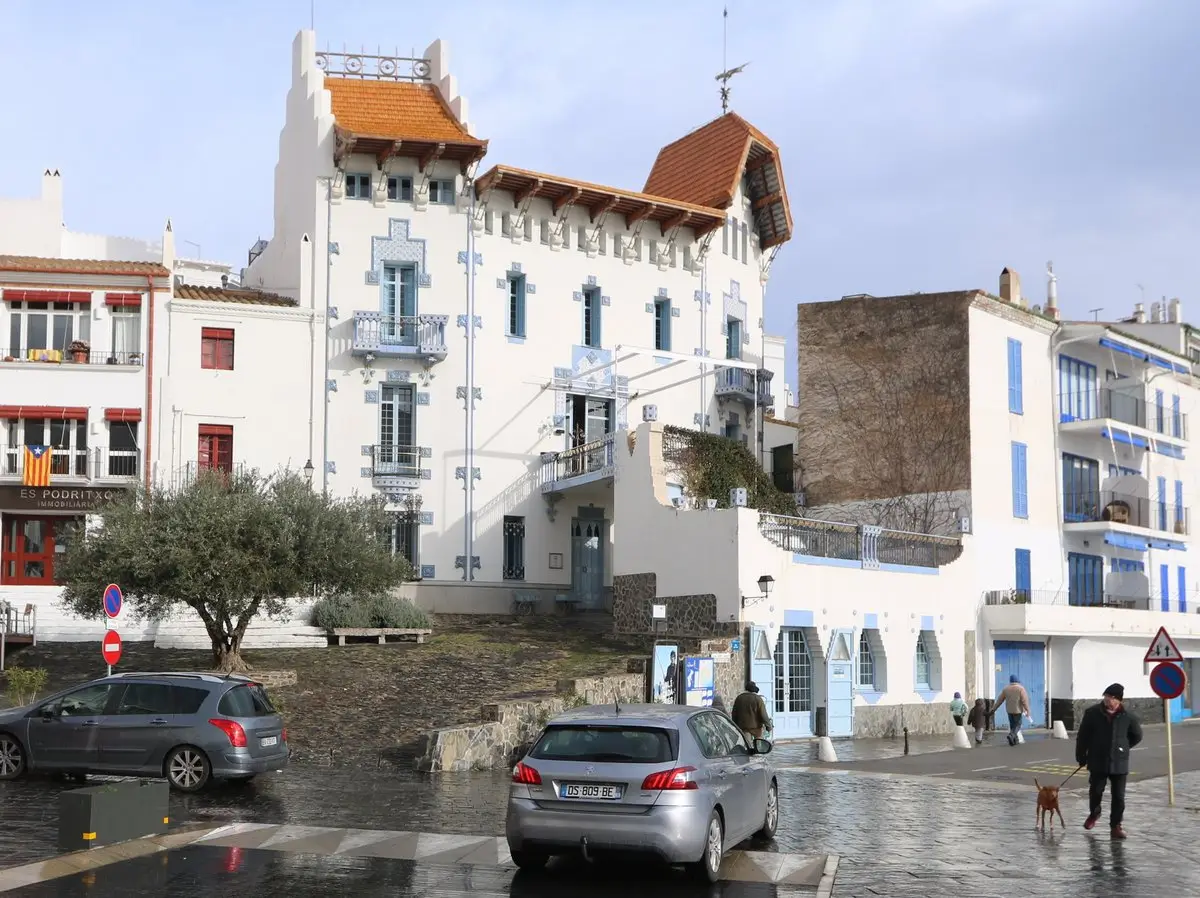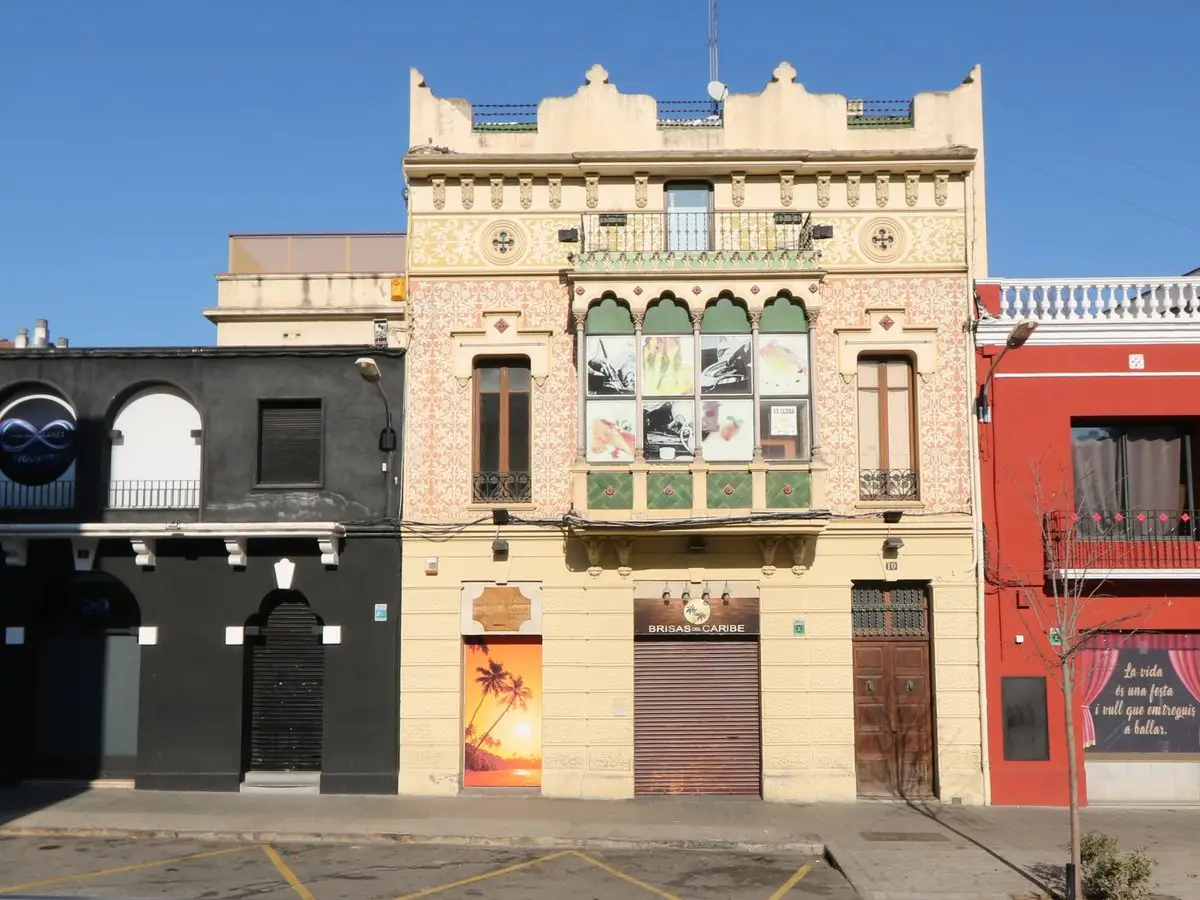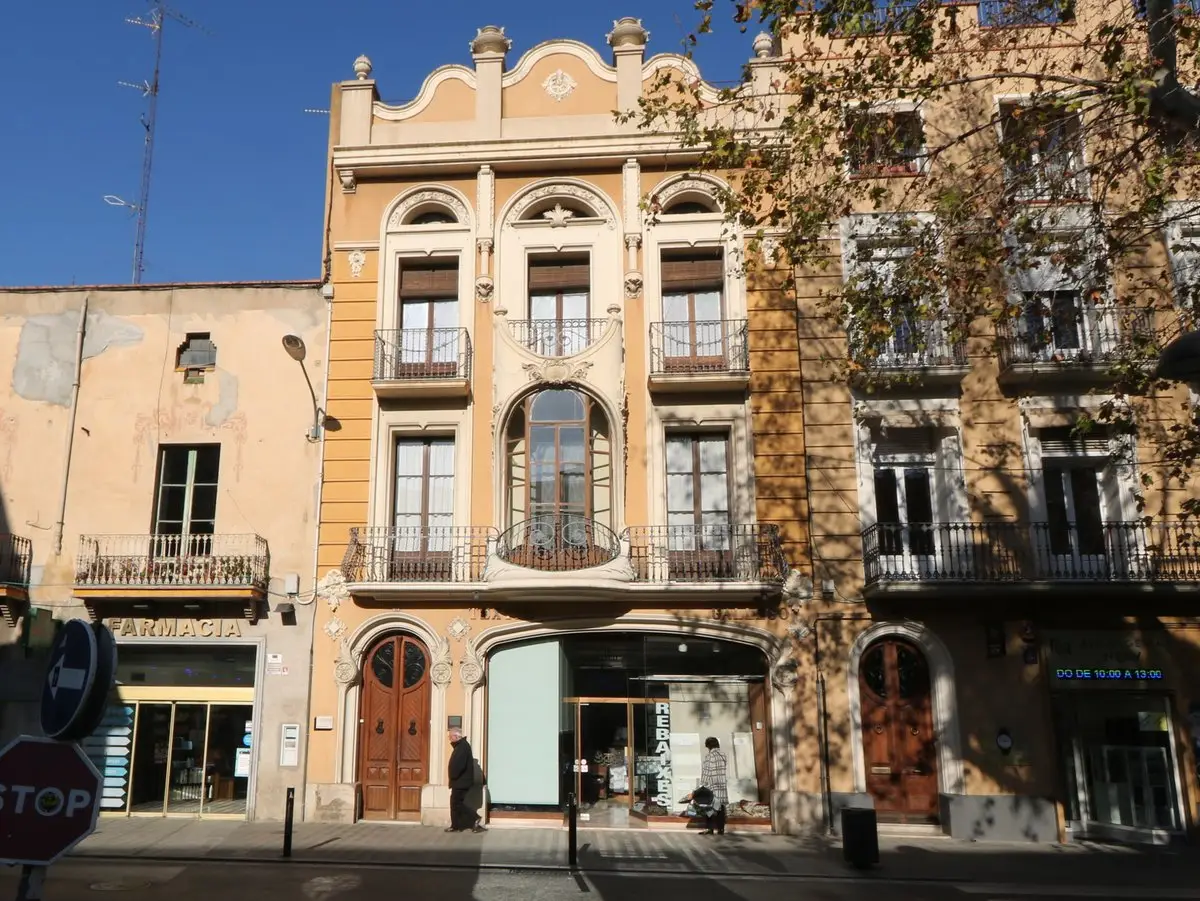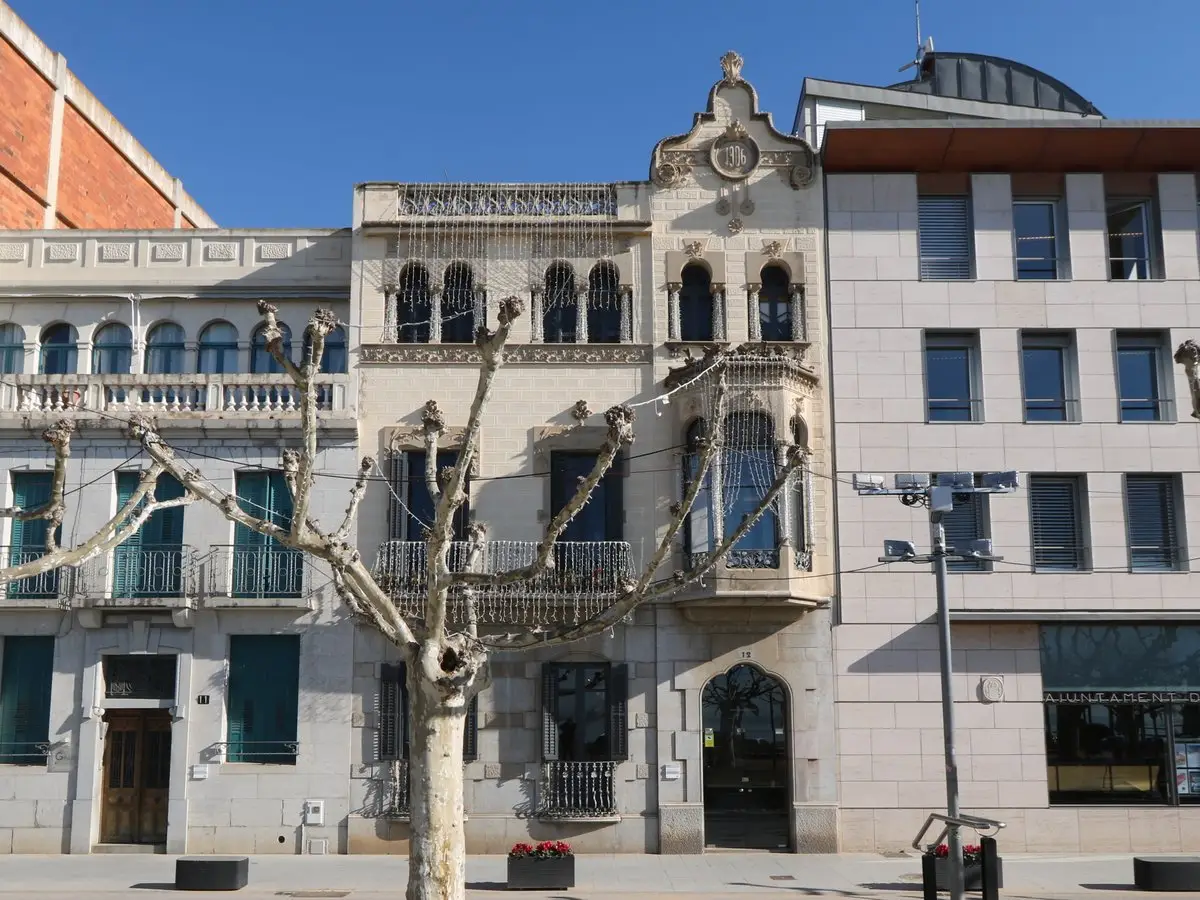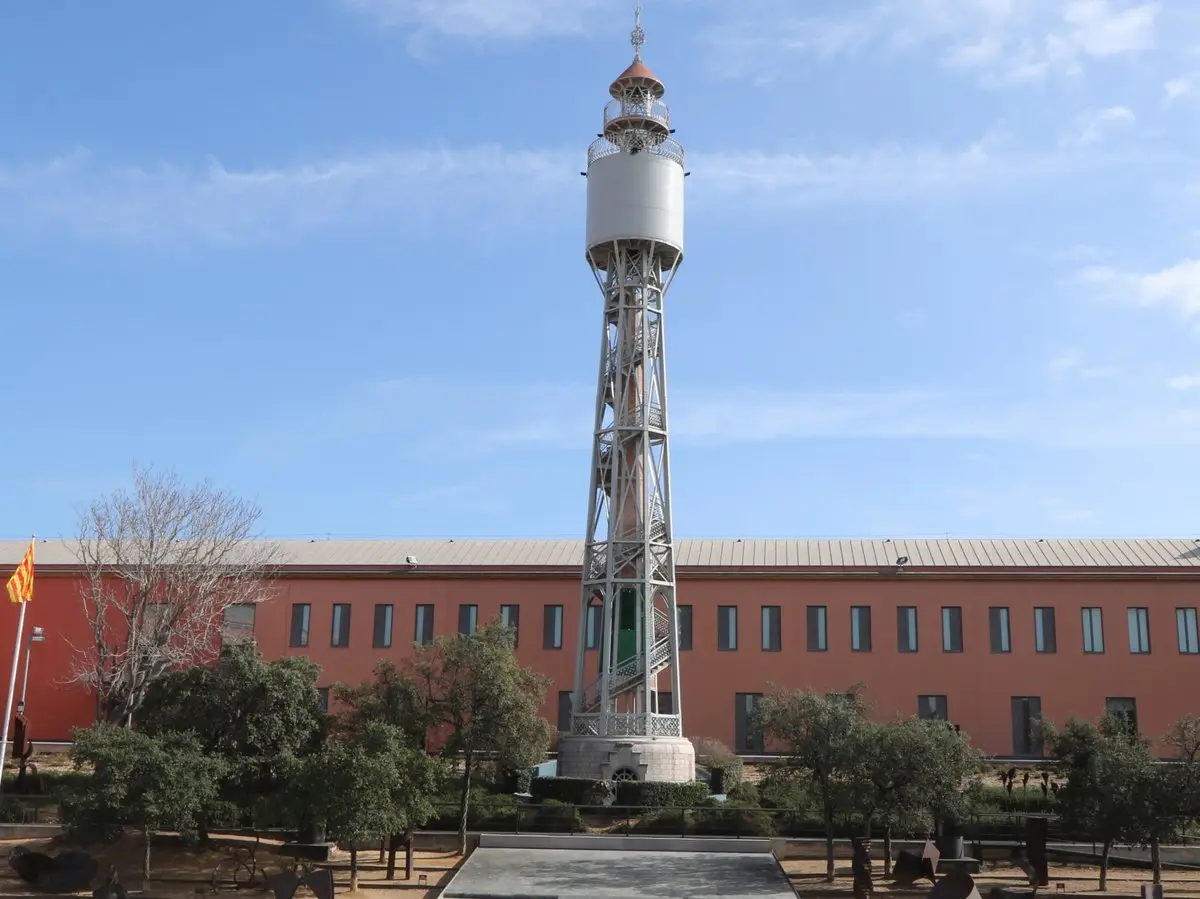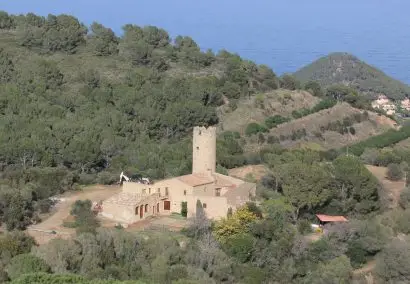Unlike Barcelona, where one can stumble across an Art Nouveau masterpiece at practically every intersection of central Eixample, the more rural areas of Catalonia (the Costa Brava towns included) have only a select few hidden gems.
The rule of thumb to find them may sound odd, but simple enough—visit a town cemetery. Hard to say why it’s the cemeteries large and small where one is most likely to discover works by renowned Art Nouveau masters. A grave monument or a crypt was an easier project to commission from a famous architect than a residence, perhaps?
The heyday of Catalan Art Nouveau (Modernisme Catalan) occurred at the beginning of the 20th century—back then, the Costa Brava was far from the fashionable resort region it is today. For a famous master to take interest in a project, it would surely need to be one where time or money was no concern. So, Art-Nouveau-loving travellers, take note: don’t skip a cemetery visit! Especially if you find yourself in Lloret de Mar, whose town cemetery is considered the prime example of the Art Nouveau movement on the Costa Brava.
Cemeteries aside, the Costa Brava counts more than two hundred monuments and points of interest in the Art Art Nouveau style that are declared objects of national cultural and historical significance. Figueres stands out in particular—the city has over forty of them. Other examples include the Can Mario tower in Palafrugell, the natural springs hotel-spa Balneari Vichy Catalan in Caldes de Malavella, and Casa Serinyana in Cadaqués.
